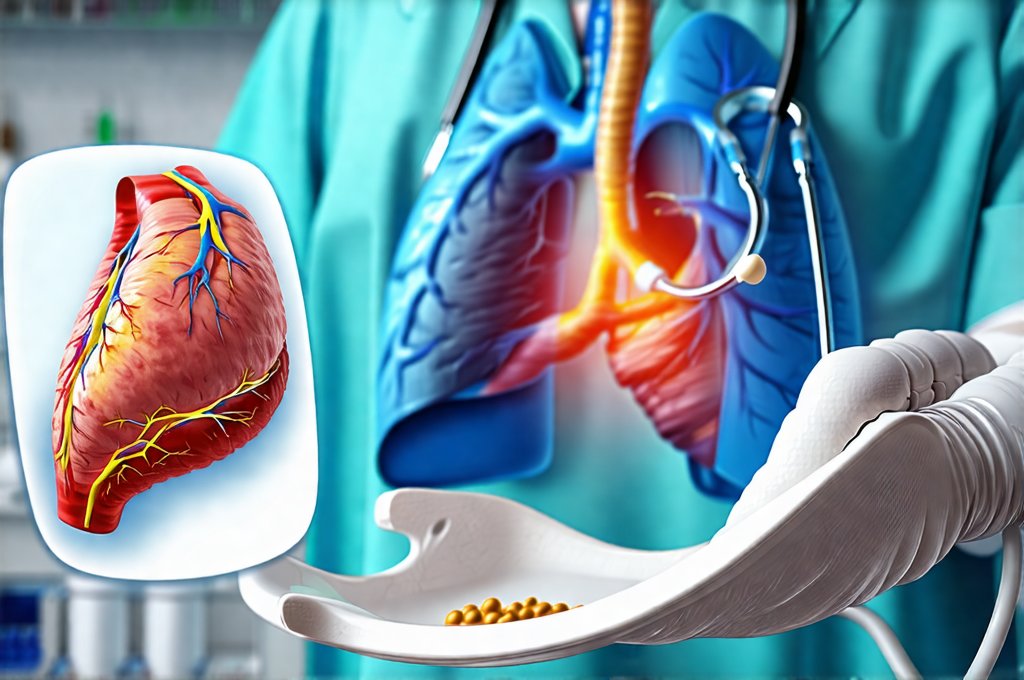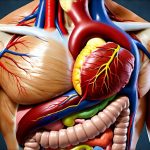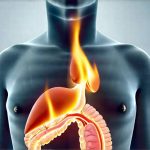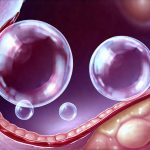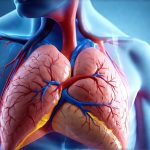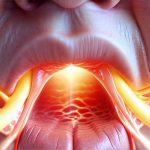Acid reflux, experienced by millions, often presents as a bothersome burning sensation in the chest – heartburn. While occasional heartburn is common and usually manageable with lifestyle changes or over-the-counter remedies, persistent acid reflux can signal more serious something. It’s not just about discomfort; prolonged exposure to stomach acid can actually damage the delicate tissues of the esophagus and even surrounding areas. Identifying when reflux transitions from a nuisance to a damaging condition requires careful evaluation by medical professionals. This article will explore how doctors determine if acid reflux is causing tissue damage, outlining the diagnostic tools and processes used to assess the extent and severity of esophageal injury. Understanding these methods can empower patients to have informed conversations with their healthcare providers and actively participate in their care.
The digestive system is designed to contain acidic contents, but the esophagus lacks a protective lining like the stomach does. When acid frequently backs up into the esophagus – refluxing – it begins to erode the esophageal tissues. This isn’t usually felt immediately; damage accumulates over time. Symptoms beyond typical heartburn—difficulty swallowing (dysphagia), food getting stuck, chronic cough, or even asthma-like symptoms—can be red flags indicating potential tissue damage. However, relying solely on symptoms is often insufficient as many individuals experience no noticeable discomfort despite significant esophageal injury. Therefore, doctors employ a range of diagnostic techniques to visualize the esophagus and assess its condition directly. It’s important to remember that these tests are not meant to scare patients but rather provide essential information for effective management and prevention of long-term complications.
Diagnostic Tools for Assessing Esophageal Damage
Doctors utilize several key tools to evaluate esophageal damage caused by acid reflux. These range from non-invasive methods like symptom monitoring to more direct approaches like endoscopy. A thorough assessment typically begins with a detailed medical history, focusing on the frequency, severity, and duration of symptoms, as well as any associated factors or alleviating measures. This information helps narrow down the possible causes and guides the selection of appropriate diagnostic tests. Lifestyle factors such as diet, smoking habits, body weight, and medication use are also carefully considered, as these can significantly influence acid reflux and its impact on esophageal health.
One initial step often involves a trial period of proton pump inhibitors (PPIs), medications that reduce stomach acid production. If symptoms substantially improve with PPI treatment, it suggests that acid reflux is indeed the primary issue. However, symptom relief alone doesn’t confirm tissue damage; it merely indicates responsiveness to acid suppression. Therefore, if symptoms persist despite medical therapy or are particularly severe, further investigation is warranted. This could involve more sophisticated tests designed to directly visualize the esophagus and assess the extent of any injury.
The gold standard for diagnosing esophageal damage remains upper endoscopy, also known as esophagogastroduodenoscopy (EGD). During an EGD, a thin, flexible tube equipped with a camera is carefully inserted down the esophagus, stomach, and duodenum. This allows doctors to visually inspect the lining of these organs for signs of inflammation, erosion, ulcers, or other abnormalities. Biopsies – small tissue samples – can be taken during endoscopy and examined under a microscope to identify cellular changes indicative of Barrett’s esophagus, a condition where the normal esophageal lining is replaced by tissue similar to that found in the intestine. Barrett’s esophagus is considered a precursor to esophageal cancer, making its early detection crucial.
Monitoring Acid Exposure & Functionality
Beyond visual inspection, doctors also employ methods to measure acid exposure within the esophagus and assess its functionality. Simply seeing inflammation isn’t always enough; understanding how often and for how long acid is refluxing provides critical information about disease severity and guides treatment decisions. Several techniques are used for this purpose, each with its own advantages and limitations.
One common method is ambulatory esophageal pH monitoring. This involves placing a small sensor capsule into the esophagus – either attached to the wall during endoscopy or temporarily clipped onto the back of the throat—that measures the amount of acid exposure over a 24-hour (or sometimes longer) period. The data collected reveals not only the frequency of reflux episodes but also how long acid remains in contact with the esophageal lining, providing a detailed picture of acid exposure patterns. This information is particularly helpful for patients who have atypical symptoms or whose diagnosis is uncertain.
Another technique gaining popularity is impedance-pH monitoring. This test combines pH measurement with impedance testing, which detects non-acid reflux – episodes where fluid backs up into the esophagus but isn’t acidic. Non-acid reflux can also cause significant damage and contribute to symptoms, so identifying it is vital for comprehensive assessment.
Finally, esophageal manometry measures the pressure and coordination of esophageal muscle contractions. While not directly assessing tissue damage, manometry helps identify underlying motility disorders that may contribute to reflux. For instance, a weakened lower esophageal sphincter (LES) or ineffective peristalsis (wave-like muscle contractions) can increase the risk of acid backflow. This test is often performed before considering surgical options for reflux management.
Identifying Barrett’s Esophagus & Risk Stratification
Barrett’s esophagus represents a significant concern because it increases the risk of esophageal adenocarcinoma, a particularly aggressive type of cancer. Detecting Barrett’s requires careful examination of biopsy samples taken during endoscopy. The presence of intestinal metaplasia – the replacement of normal esophageal cells with intestinal-like cells – confirms the diagnosis. However, not all cases of Barrett’s esophagus are created equal; the extent and grade of dysplasia (abnormal cell growth) determine the risk level.
- No Dysplasia: Indicates no evidence of precancerous changes. Regular surveillance endoscopy is still recommended, but less frequently.
- Low-Grade Dysplasia: Suggests a slightly increased risk of cancer development. More frequent endoscopic monitoring is typically advised.
- High-Grade Dysplasia: Represents a significantly higher risk of progressing to cancer. Treatment options may include ablation therapy (destroying the abnormal cells) or surgical removal of the affected esophageal segment.
Risk stratification involves assessing various factors—age, gender, family history of esophageal cancer, duration of Barrett’s esophagus, and degree of dysplasia—to determine appropriate surveillance intervals and treatment strategies. Modern guidelines emphasize individualized management plans based on a patient’s specific risk profile.
Assessing Complications Beyond Barrett’s
While Barrett’s is the most well-known complication of chronic acid reflux, other forms of tissue damage can also occur. Esophageal ulcers are open sores that develop in the esophageal lining due to prolonged acid exposure. They can cause significant pain and bleeding, requiring prompt medical attention. Endoscopy readily identifies these ulcers, and biopsies may be taken to rule out malignancy or infection.
Another complication is esophageal stricture, a narrowing of the esophagus caused by scarring from chronic inflammation. Strictures make it difficult for food to pass through, leading to dysphagia. These can often be dilated – widened – during endoscopy using specialized instruments. Repeated dilations may be necessary to maintain esophageal patency.
The Role of Biopsies and Histopathology
Biopsies taken during endoscopy are crucial not only for diagnosing Barrett’s esophagus but also for evaluating the severity of inflammation and identifying other cellular changes indicative of tissue damage. Histopathology – the microscopic examination of tissues – allows pathologists to assess the extent of epithelial damage, the presence of inflammatory cells, and any signs of precancerous or cancerous transformation.
Biopsy samples are typically stained with special dyes that highlight specific cellular features, making it easier to identify abnormalities. Pathologists use standardized grading systems to classify the severity of dysplasia in Barrett’s esophagus and other esophageal conditions. The results of histopathological analysis directly influence treatment decisions and surveillance recommendations. Accurate interpretation of biopsy findings is essential for optimal patient care. Furthermore, emerging technologies like molecular testing are being used to identify genetic mutations that may predict cancer risk and guide personalized treatment strategies. Understanding acid reflux symptoms is the first step toward proper diagnosis. It’s also important to consider if your reflux is acidic. For those experiencing persistent discomfort, knowing how to stop throat burning can offer immediate relief. However, remember that acid reflux can sometimes have surprising connections, such as dental sensitivity. In some cases, it’s crucial to determine if it’s acid reflux or something more serious and seek professional medical advice. Finally, lifestyle factors like emotional eating triggers can exacerbate symptoms.

